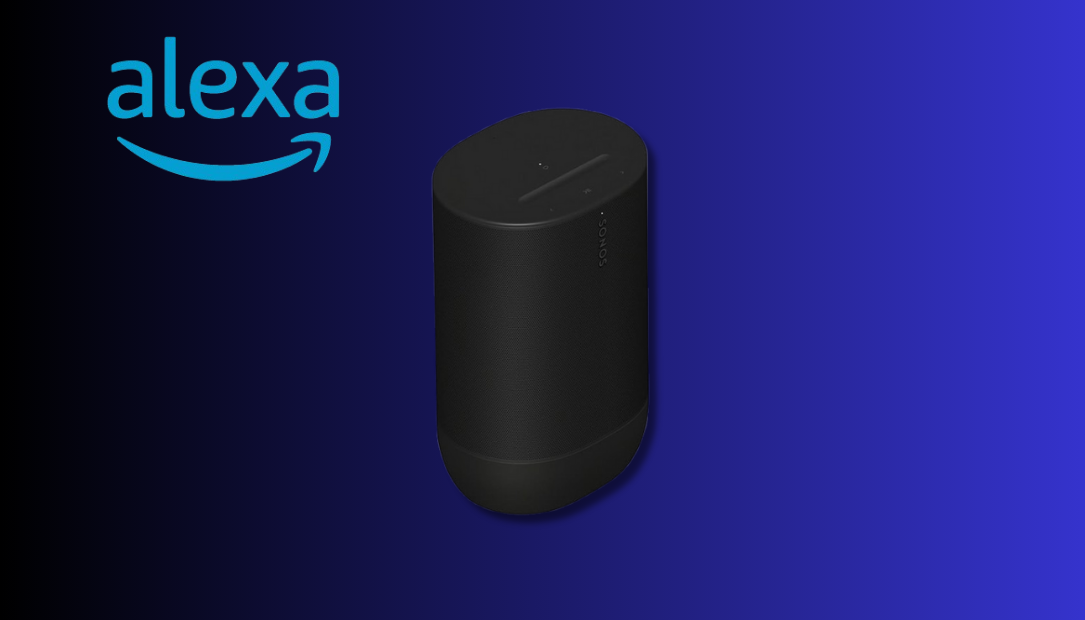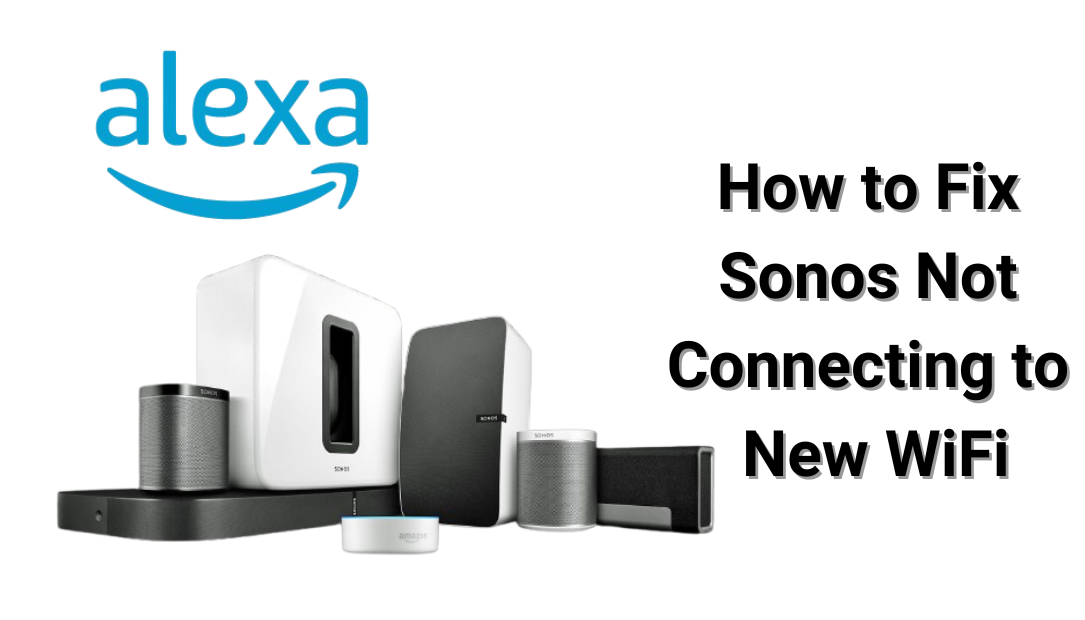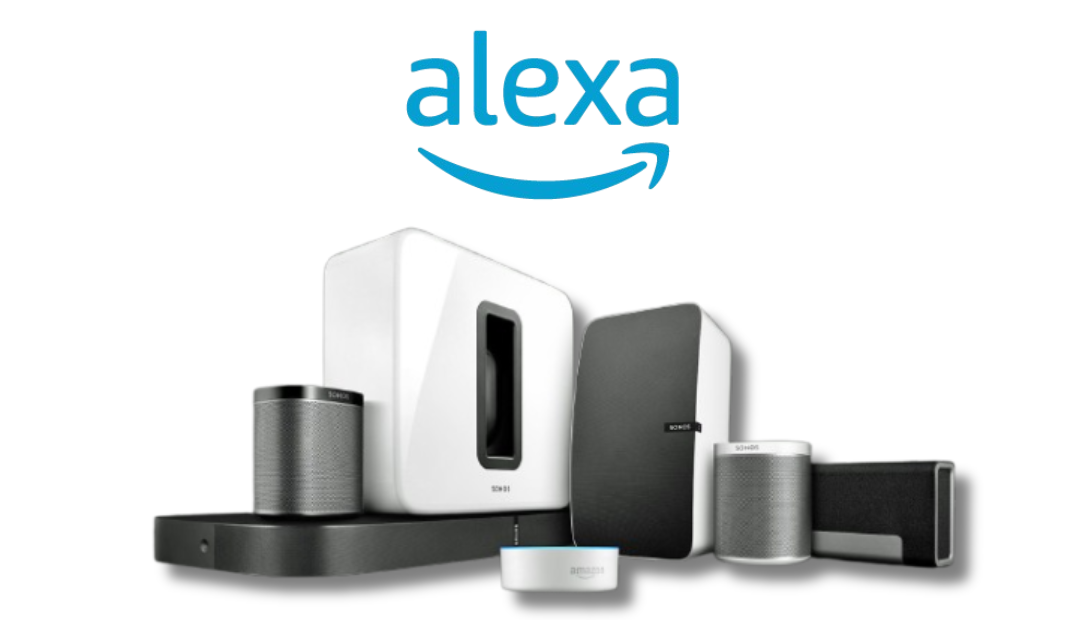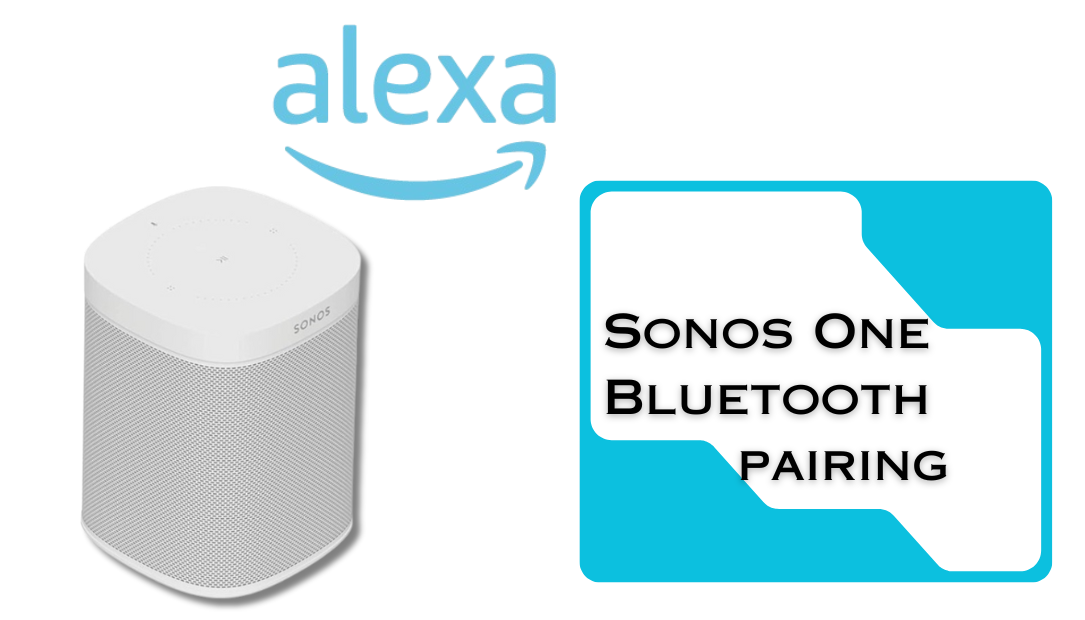The Sonos Move 2 has quickly become one of the most talked-about portable speakers in the market, and for good reason. Combining impressive sound quality, cutting-edge features, and Alexa integration, the Move 2 is a significant improvement on its predecessor, the original Sonos Move.

Whether you’re using it at home or on the go, this speaker offers a remarkable blend of convenience, versatility, and audio excellence. In this Sonos Move 2 review, we’ll explore everything that makes the Sonos Move 2 a standout portable speaker and why it might be the perfect addition to your sound system.
Sonos Move 2 Review
If you’re looking for a seamless, high-quality audio experience, the Sonos Move 2 stands out as one of the best portable speakers available today. Let’s dive into the Sonos Move 2 Review.
Unmatched Sound Quality: Elevating Your Audio Experience
One of the most significant aspects of the Sonos Move 2 is its sound quality. As with all Sonos products, the brand has made a name for itself by delivering rich, detailed, and immersive sound that elevates any listening experience. The Move 2 continues this tradition, providing crystal-clear audio across a range of genres and listening environments.
Audio Performance
- Bass Response: The Move 2 features a larger and more powerful bass than the original Sonos Move, creating a deeper, more resonant low end. Whether you’re listening to the deep thrum of a bass-heavy track or enjoying the subtle layers of classical music, the Move 2 delivers balanced audio without distortion, even at high volumes.
- Treble Clarity: High frequencies are crisp and clear, ensuring that vocals and instruments are sharp and distinct, even in complex sound mixes. This clarity makes it ideal for podcasts, audiobooks, and spoken word content, which often suffer from lesser-quality speakers.
- Midrange Precision: The midrange on the Move 2 is balanced and full, making the speaker well-suited for everything from rock to jazz. The speaker’s dual class-D amplifiers help fine-tune the audio, ensuring the mids don’t get lost amid the bass or treble.
- Stereo Sound: Thanks to its design, the Move 2 offers impressive stereo sound for a portable speaker. With the ability to provide a stereo-like experience despite its single speaker setup, it allows users to enjoy rich, spatially accurate sound even when it’s placed on a single surface.
Spatial Audio and Immersive Listening
The Move 2 features spatial audio capabilities, a feature that sets it apart from many other portable speakers. Spatial audio is a technology designed to create a more immersive listening experience, which can be especially powerful when paired with content designed for it, such as Dolby Atmos tracks or spatial mixes on Apple Music.
The integration of dynamic head tracking ensures that the sound adapts as you move around the speaker, creating a consistent and immersive experience, no matter where you are in the room. This technology significantly enhances the feeling of 3D sound, making the Move 2 a fantastic choice for movie buffs, music enthusiasts, and anyone who appreciates high-quality audio.
Design and Build: A Durable, Portable Companion
The Sonos Move 2 boasts a sleek, minimalistic design that is both functional and aesthetically pleasing. Its rugged build and portability make it an ideal option for both indoor and outdoor use. Whether you’re listening at home, on a hike, or at a pool party, the Move 2 is built to withstand the elements while delivering premium sound.
Weather Resistance
The Sonos Move 2 is IP56-rated for water and dust resistance, meaning it’s capable of withstanding splashes, spills, and light rain. While it is not fully waterproof (it can’t survive submersion), this makes it highly suitable for outdoor environments, ensuring it performs well during beach trips, barbecues, or outdoor workouts.
Ergonomic and Practical Design
The Move 2 retains its predecessor’s ergonomic design, which is user-friendly and functional. The speaker features a carrying handle that makes transporting it easy, and it’s lightweight enough to be carried around without hassle. Additionally, the base of the speaker is designed to be anti-slip, ensuring it stays firmly planted whether you’re using it on a flat surface or on uneven terrain.
The modern aesthetic of the Move 2 blends seamlessly with various home decor styles, thanks to its sleek cylindrical shape and neutral colors. It’s a piece that looks as good as it sounds, making it a stylish addition to any living space or outdoor setup.
Seamless Integration with Alexa: Hands-Free Control
One of the most attractive features of the Sonos Move 2 is its integration with Amazon Alexa. This allows users to control the speaker hands-free, using only voice commands. Whether you want to play your favorite playlist, change the volume, or check the weather, Alexa’s voice assistant can handle it all.
Alexa Features
- Voice Commands: The voice control functionality is incredibly responsive, with Alexa quickly understanding your commands even when music is playing at a high volume. You can request music from various streaming services such as Amazon Music, Spotify, Apple Music, and more.
- Smart Home Control: With Alexa on board, the Move 2 doubles as a smart home hub. You can use it to control your smart lights, locks, thermostats, and other Alexa-compatible devices around the home.
- Daily Briefings: Alexa can provide news updates, traffic information, weather reports, and more. Whether you’re starting your day or winding down, Alexa delivers a convenient way to stay informed.
- Multi-Device Sync: As part of the Sonos ecosystem, the Move 2 can work in tandem with other Sonos devices. You can control all of your Sonos speakers using the Sonos app or your voice with Alexa, ensuring seamless integration across multiple rooms.
Battery Life and Charging: Long-Lasting Performance
The Sonos Move 2 offers an impressive 24-hour battery life on a single charge. Which is a significant improvement over its predecessor. This means you can enjoy hours of uninterrupted music without worrying about constantly recharging the device.
Whether you’re taking the Move 2 on a road trip, camping, or just enjoying a long outdoor event. You can count on it to keep the music playing all day long.
Charging Options
The Move 2 can be charged through a USB-C port, which supports fast charging. If you’re at home, you can also use the included charging dock to easily place the speaker for charging. The dock provides a sleek and convenient way to keep your speaker powered up. While also serving as a base when the Move 2 is resting at home.
For those who are always on the go, the Move 2 can also be recharged via a portable power bank. Making it a truly versatile option when you’re traveling or away from a power outlet.
Connectivity and Versatility: More Than Just Bluetooth
While the Sonos Move 2 supports Bluetooth pairing. This makes it easy to connect directly to your phone, tablet, or other Bluetooth-enabled devices, it’s not limited to just Bluetooth. The Move 2 also supports Wi-Fi connectivity, allowing you to sync it with your home network. And stream high-quality audio without the need for direct connections.
Wi-Fi Streaming and Sonos App
The integration of Wi-Fi means the Move 2 can be controlled through the Sonos app. Which provides advanced features like equalizer controls, and multi-room audio. And the ability to create a custom sound experience based on your preferences.
The Wi-Fi feature also allows for seamless integration with other Sonos devices. This makes the Move 2 a key component of a larger sound system. If you’re looking to expand your audio setup in the future.
Final Thoughts: Is the Sonos Move 2 Worth It?
The Sonos Move 2 is an outstanding portable speaker that offers premium sound, Alexa integration, and a rugged design. Whether you’re enjoying music indoors, on the patio, or outdoors. This speaker delivers exceptional performance that rivals other high-end speakers in the market.
Its superior sound quality, and long-lasting battery life. Smart features make it a top contender in the portable speaker market. It’s the ideal choice for those who demand more from their audio devices. And want the added benefit of voice control and Wi-Fi integration.
Whether you’re an audiophile, a casual listener, or someone who just wants convenience and quality. The Sonos Move 2 offers something for everyone.


